2012 Creative Thinking Contest  Students split into teams of two this week and were given six challenging problems to solve in class. The problems covered a wide range of creative and critical thinking areas - basic arithmatic, pattern recognition, logic, lateral thinking, geometry, riddles, creative reasoning, and picture puzzles. My hope was to challenge students to stretch their thinking across the many areas we have tapped into this semester in class. And the stakes were certainly high, as students were vying not only for the title of contest "Winner", but also for the winning prize of...holiday chocolates! (: It was interesting to note the varying approaches taken by each team. Some teams took the "divide and conquer" approach and split the problems between the two teammates, with each member essentially working independently. Other teams adopted a more unified approach, working through each problem together, brainstorming various approaches and possible solutions until they reached a consensus on the final answer. All of the teams worked very hard and completed nearly every problem in the time allotted. Congratulations to Michael and Charlie, the "Winners" of our Creative Thinking Contest! (And thank you both for sharing your sweet prize with the rest of the class)! And...No Homework!
Presenting: The Life of Ben! 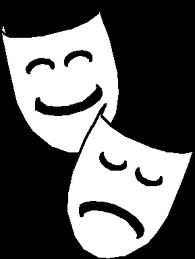 We continued our discussion of the life and contributions of Benjamin Franklin with a readers theater performance in class. Unlike traditional theatre, the emphasis in readers theater is mainly on oral expression of the part, with no use of props, costumes or scenery. Students had not seen the script prior to class, which made their interpretation and reading all the more impromptu and fun! Once one student decided to adopt a British accent for their character, several others joined in, and soon Ben himself had taken on an impressive British lilt! The script took us on a journey through Ben's early years in Boston as an apprentice in his brother James' print shop, to his growth in Philadelphia as an inventor, scientist, entrepreneur and public servant, and finally on to his years in England and France, where he worked as an ambassador on behalf of the colonies for an independent America. The summary of Franklin's life provided in the script will hopefully reinforce the knowledge that students have gained from reading Amos' humorous take on Ben's tremendous contributions to our society. Next Book Selection... 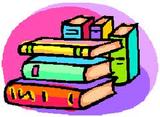 We will wrap up our discussion of Ben and Me when class meets again after the holiday break (Jan 7). I have asked students to come to class with at least one book suggestion, as we will be voting to decide on our final book of the semester. Here are the guidelines I have provided the students:
Wishing all of our students and their families a very Merry Christmas and happy New Year! See you all again in 2013!
Congratulations to our students on meeting another publication deadline. Issue II of The Mosaic Monthly was distributed today and we hope you enjoy reading all of the articles and sections. We are looking forward to producing our final issue, which will be published on our last day of journalism class -- January 28, 2013. Today, we took some time to understand photojournalism -- the art of story telling through photos. After going over the elements of a good story and a good photograph, we divided into two teams and used a random assortment of photos to tell a story. We enjoyed trying to guess the "story behind the photos" of the opposing team. I handed out a "Photo Essay Assignment" sheet that describes the Christmas break homework (see below). I think the students will have a lot of fun with this. As promised, here is a link to some photo essays they can study to better understand the concept. Students should use a stand-alone camera (no phones) if it is available to them. If not, a phone camera would be acceptable. I handed out poster boards to those students that wanted them. We used the last 15 minutes of class to practice taking photographs that played with different forms of light (natural lighting, flash, creating silhouettes). We shared our opinions on which photos were better and why. A couple of students tried their hand at photography and incorporated the elements of varied perspective, varied distances, angles, changes in lighting, and emotion. Nice work! 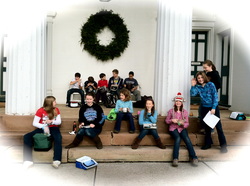 A very Merry Christmas and Happy New Year to all our students and families. We will see you back at class on Monday, January 7, 2013. Have a peaceful and blessed holiday. Warmly, Jayne, Angela, Sally and Kim Crack that Code! 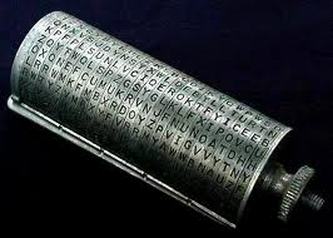 Jefferson's disk cipher Jefferson's disk cipher This week in class we continued the theme of looking for patterns in numbers. Students were introduced to several methods for encrypting and decoding messages using ciphers. We looked at Frequency Analysis - the process by which the frequency of a letter in an encoded message is compared with the frequency of letters in English words. The letters that occur most frequently in the ciphertext will likely correspond to the letters that occur most frequently in English words. Students worked together in class using this method to decode a message from William Shakespeare’s play Julius Caesar. 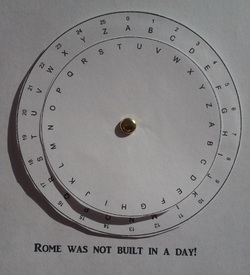 Next, we looked at a method of encryption where each letter is replaced with a letter a specified distance ahead in the alphabet. Such a system is known as a Caesar cipher because Julius Caesar is thought to have used this method to communicate with officers in the Roman army. When sending a message, Caesar would inform his generals what the shift was, so they would be the only ones who could read the encrypted message. Students created their own Caesar Cipher Wheels and worked on encrypting and decoding messages. We agreed that "substitution ciphers" like the Caesar cipher which have a one-to-one correspondence can be fairly easy to crack. But what if we created a cipher with a one-to-many letter correspondence? These "polyalphabetic ciphers" pose more decoding difficulty than a simple substitution cipher. Instead of one shifted alphabet being used, multiple shifted alphabets are used, based on a keyword. One such example is the Vigenere cipher shown HERE. For homework this week, I provided students with the fun and challenging problem of "The Dancing Code Men". These codes are taken from the Sherlock Holmes’ mystery The Adventure of the Dancing Men by Sir Arthur Conan Doyle. Students should use their decoding skills to crack the code and reveal all six encrypted messages. For those interested in reading the entire story, you may find it HERE (though, it's not necessary to solve the problem). Have fun! (: The cipher lesson was created using resources from NCTM Illuminations.
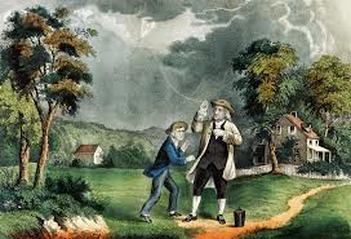 This week in class our discussion focused on Chapters 5 through 9, where Ben (or was it Amos?) performs the famous kite experiment and proves that lightning is in fact - electricity! We took this opportunity to do a little experimenting ourselves. Students learned that electricity is a form of energy caused by charged electrons in an atom. They learned the difference between static electricity (an unmoving, build-up of charged electrons) and current electricity (the steady flow of electrons along a path). 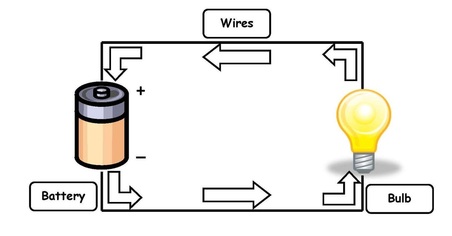 Students then used batteries and aluminum foil strips to create a closed circuit of electricity to light a bulb. See if they can repeat this successfully at home! It took several tries, making sure the circuits were complete and set up properly, with the aluminum foil strips in contact with the positive and negative ends of the battery. We then spent a few minutes playing with Snap Circuits - an engaging, educational toy that allows you to build electrical circuits to light bulbs, trigger alarms and signals, and a whole host of other fun, creative experiments with electricity. You can find out more about Snap Circuit sets HERE. We also enjoyed reading and hearing each others fables, which the students had prepared at home last week. They did a great job of creatively writing pieces that illustrate some of Benjamin Franklin's famous maxims from the book, including "Waste not, want not" and "Early to bed, early to rise, makes a man healthy, wealthy, and wise."
Next week in class we will wrap up our discussion of Ben and Me with a Readers Theater production that summarizes Ben's life and accomplishments. See you all there! This week we took some time to review some of our thoughts that we wrote down on the first day of class nearly three months ago! As we head into our last five classes (unbelievably!) it is my hope that your students will carry their newly found creative thinking skills beyond the classroom and into their everyday lives. On Monday we wrestled with seemingly impossible problems and experienced some optical illusions. Kids love optical illusions and we took a bit of a detour to discuss how and why they happen. When our brain takes information from our eyes and translates it into a picture that is not in check with reality, how do we know what reality truly is? We decided that we rely on all of our senses to help us distinguish what is real. For "play at home" they are to write the word "Teach" horizontally on an 8 1/2 x 11 piece of paper and put a mirror beneath the words to see if they can obtain the same effect we experienced in the classroom. Is it the word itself or the design of the font that created the illusion we saw? We grappled with three hands-on problems in class and while one was quite easy, the other two were only solved after much discussion and playing with the problem. This is exactly what we are trying to achieve. Breaking through the frustration when you don't immediately know the answer and taking time to explore many answers is the ultimate goal of this class. It is my sincere hope that your students will apply these skills to other areas of study, whether it be math, or science, or writing!
I handed out seven riddles that your students should try to crack before Monday. Answers will be shared then. For more illusions that kids will enjoy, click HERE. We use curriculum in part from Art of Inquiry, LLC. 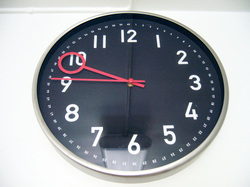 Tick, tick, tick! The deadline for article submissions has come and gone and I am pleased to say all students made the midnight December 11th cut-off (well, close enough :>) Issue II of The Mosaic Monthly has been up-loaded to the printer, and barring any last minute glitches (as can happen in the newspaper biz) we should be distributing and enjoying our paper on Monday. 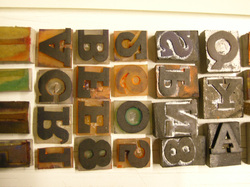 On Monday we will also plan our final issue (sadly!). Instead of volunteers, I will be assigning sections to students in the hopes that everyone will take advantage of the opportunity to contribute to the paper. For some students, this may be significantly out of their established comfort zones, so I apologize in advance for any "kvetching" you may hear. Please continue to support them as much as possible at home, and let me know if I can be of any assistance! 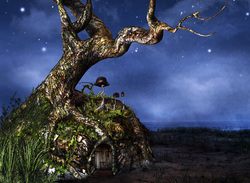 This week we shared our fairy tales that were written from the perspective of a minor character in a well-known story. The students' preferences for creative writing are very clear and we enjoyed the momentary departure from "serious" journalism. They were so delightful, we agreed that before the semester is over, we should have them bound up in booklet form and distributed to all for posterity's sake. I will be asking for the finished pieces sometime after the holiday. Please have your student type his or her fairy tale and make sure it is ready for publication. Prepping for publication is very time consuming and any editing you can assist your student with is much appreciated! We also discussed on Monday the similarities and differences between perspective, prejudice, and bias and how bias can be detected in media. I distributed a personal bias audit and asked the students to keep their answers private from the other students so they could feel free to answer honestly. Without revealing any personal biases, we discussed how we might have arrived at these pre-conceived notions and challenged ourselves to consider the sources that may have contributed to our view points. There is no additional homework this week, however, if your student has still not written an in-depth, please encourage them to do so before the break. I am always looking for stand-out articles for an up-coming issue! Tessellation Artwork 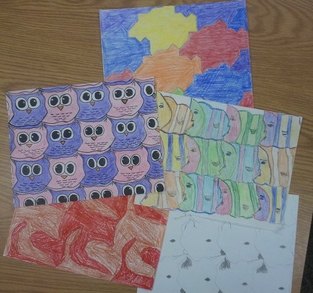 Bravo to all of the students who worked on their tessellation art and brought something in for the class to see! It was wonderful to observe the variety of visual ideas students have developed in these early efforts. Students should continue to work at home on creating their own unique tessellation patterns from regular polygons, using the translation method we learned in class last week. Try using rotation and reflection in your designs, and don't be afraid to experiment with color, or perhaps combinations of polygons. The possibilities are truly as unlimited as your own imagination! The Intrigue of Pascal's Triangle 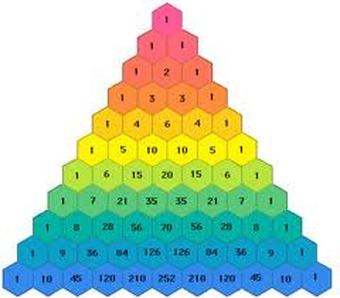 This week in class we took an introductory look at the seemingly simple yet powerful triangular arrangement of numbers known as Pascal's Triangle. While Blaise Pascal, a 17th century mathematician, is credited for developing many of the properties and applications of the triangle, this amazing combination of numbers was actually known independently by both the Persians and the Chinese as early as the 11th century. We covered a lot of material in class this week and most of it was new to the students. I provided them with a handout of information summarizing what was discussed in class (also found HERE). I strongly encourage all students to carefully review this material again as part of their homework. Class Review... We discussed how to create the triangle (each number is the sum of the two numbers above it) and spent time looking at some of the interesting hidden patterns within it:
If, for instance, you pick any two of five items, the number of possible combinations is 10, found by looking in the second place of the fifth row (not counting the 1's). We worked out a similar problem in class, first using inductive reasoning, and listing all possible unique combinations. Then, we looked at how easily we can apply Pascal's Triangle to solve the same problem. This can be worked out mathematically using a simple formula, referred to as "n choose k" where n = the number of total items and k = number of items chosen. So, for the example above, n = 5 (5th row) and k = 2 (2nd place in the row), which yields the answer 10 from the triangle. And Homework... As part of this week's homework, students will solve several of these types of problems. Additionally, I would like them to express their answers using the entire mathematical formula, including the factorial math: This can be very useful because now you can work out any value in Pascal's Triangle directly, without constructing the whole triangle! Fun with Pentominoes Finally, we wound down our class this week with some relaxing (or was it frustrating?!) hands-on geometry time using pentominoes. Students were challenged to make rectangles out of pentominoes (five equal squares that share at least one side, with no windows) and solve various puzzles from a worksheet. These were much more challenging than they initially seemed! If you would like to continue working on these types of puzzles at home, you can try "virtual" pentominoes HERE.
Enjoy! Yesterday we learned about dimensions and perceptions via a little story telling! We built a "flat city" with houses and streets that connected with one another and heard a version of the classic Edwin A. Abbott novel Flatland. This led us into fairly deep territory where we thought about what a 2-dimensional object might look like to a 1-dimensional object, and in turn, what a 4-dimensional object might look like to a 3-dimensional object (us!). I provided the students with a handout which explains how a 4-D "hypercube" or *"tesseract" is created, and challenged them to think about how a 5-D object might be constructed. I promised them a look at a 5-D "cube" or "penteract" and here it is: Better yet, here is a 5-cube penteract projected into 3D: We moved from our dimension story into a story about perception and played with shadows. This story is well illustrated by the claymation video below. This is not the version we enjoyed, but it is a wonderful adaptation of Plato's Cave. Watch it with your student and let it open up a discussion! Are we limited by our own experiences? For "play at home" I assigned a visual puzzle called Block Twins. You can find the color version HERE. Warning: the answer is listed below the puzzle sheet, so you might want to print it out for your student or sit with them while they look at it so they don't inadvertently scroll to the bottom. Answers will be shared Monday!
*term was spelled incorrectly on handout -- sorry! We use curriculum from Art of Inquiry, LLC |
Categories
All
Archives
May 2016
|


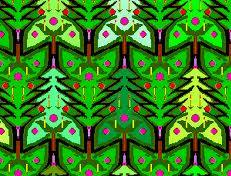
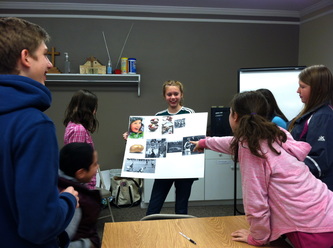
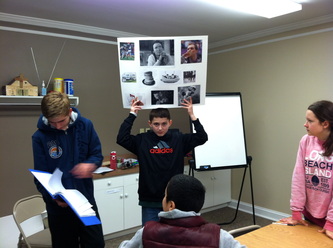
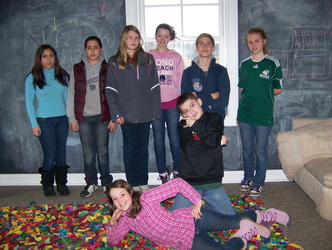
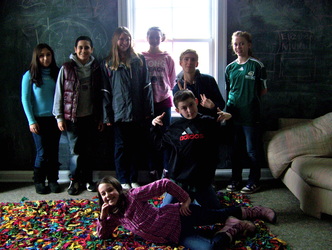
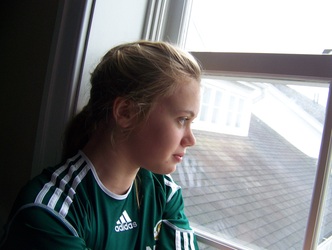
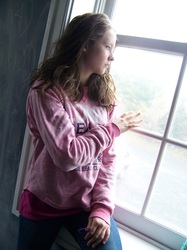

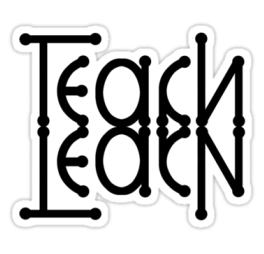

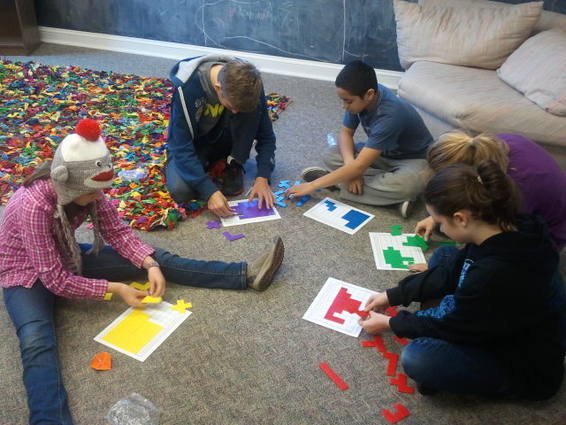
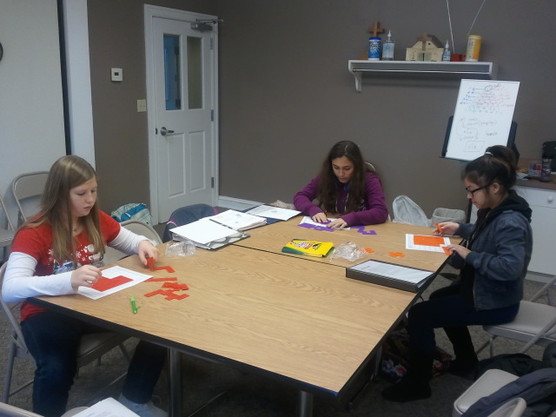

 RSS Feed
RSS Feed